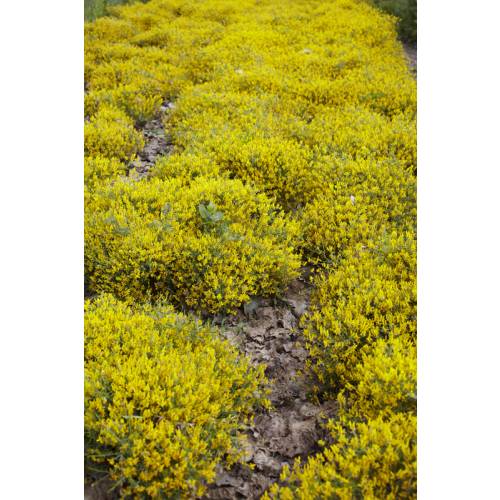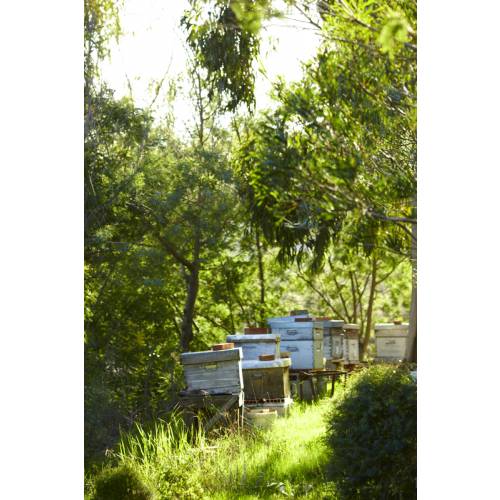
Ecological Garden
Choosing nectar producing plants
- Details
-
What sort of garden would it be without all those nectar-gathering insects? An empty orchard or a vegetable patch where there is practically nothing to eat. In fact, the insects guarantee our good harvests by fertilizing most of the plants. Therefore, it is a good idea to look after them by offering them a few of their favorite plants.
Invite them all in
To improve the rate of fertilization of the flowers in the orchard or vegetable patch, do not only concentrate on flowers that appeal to the domestic bee. Include amongst your plants some of the ornamental flowers that appeal to the solitary bees and bumble bees. Only these last mentioned insects can fertilize bean flowers, which are too deep for the common bee. Deeply shaped flowers like those of the courgette are also best fertilized by bumblebees. However, the best fertilizers for fruit trees remain the common bee. All these insects are more likely to return to your garden if they find plenty of things that interest throughout the year.
Do not forget however, the secondary nectar-gathering insects like the flies that frequent flowers, the small wasps (which do not sting), the butterflies etc. On their own, these insects cannot guarantee you a good harvest. However, if some unfortunate incident does occur which prevents the bees and bumblebees working, the secondary pollinators will at least give you some assurance of a reasonable harvest! I hope that you have understood the strategy, it is to encourage as many nectar-gathering insects into your garden as possible.
Make the right choices
In an ecological garden, the wild plants are very important as they appeal to all the local pollinators. It is therefore a good idea to leave parts of the garden unplanted so that the grass can grow tall and then cut it down in the autumn (collecting the hay). An orchard that is flowered artificially along with an immaculate lawn will be less well pollinated than an orchard swarming with wild flowers. Plants can also offer additional resources to these nectar gatherers in areas where it would otherwise be difficult for them to survive like cereal producing regions for example.
In this case choose the following plants and mix the varieties:
Strawberry tree, Hawthorn, Alder, Caryopteris, Berberis, Escallonia, Elsholtzia, Pearlbush, Dwarf broom, Wisteria, Sneezewort, Heptacodium, Viburnum tinus, Lavender, Lavatera sbrubs, Ivy, Lupins, Melissa, Catnip, Hazel, Photinia, Ornamental apple, Blackthorn, Raphiolepis, Rosemary, Small flowered sage, Willows, Spirea, Thyme, Clover.
Setting them out properly
These nectar gatherers are not into landscaping and it is of no importance whether you grow you nectar-providing plants in rows or groups. If you have beehives then install them a few dozen metres away. If you want your fruit trees to be well frequented when they flower it is best to choose plants that flower a little before and a little after the trees but not at the same time, as insects will always go for the most abundant flowers and leave the others. It is a wise idea to mix your fruit trees with nectar producing plants grown in copses or in a flowering hedge around the trees.
Enjoy the spectacle
When your plants are in flower do not hesitate to go and watch the masses of insects that gather the nectar from them. You will spot quite noticeable differences. For example, the bumblebees come out quite a long time before the bees even when it is raining. However, some of these nectar-gathering insects cheat, like the big carpenter bee: it has a horn that is so strong that it actually pierces the flowers rather than actually go and rub itself against them to collect the pollen! - Photos (3)



